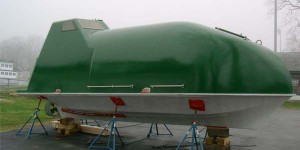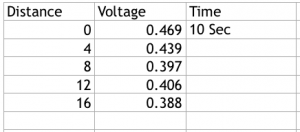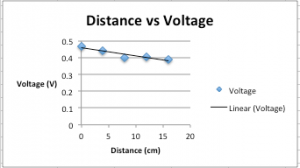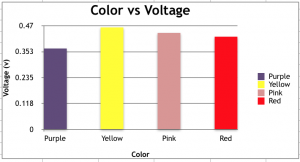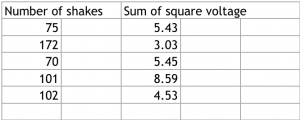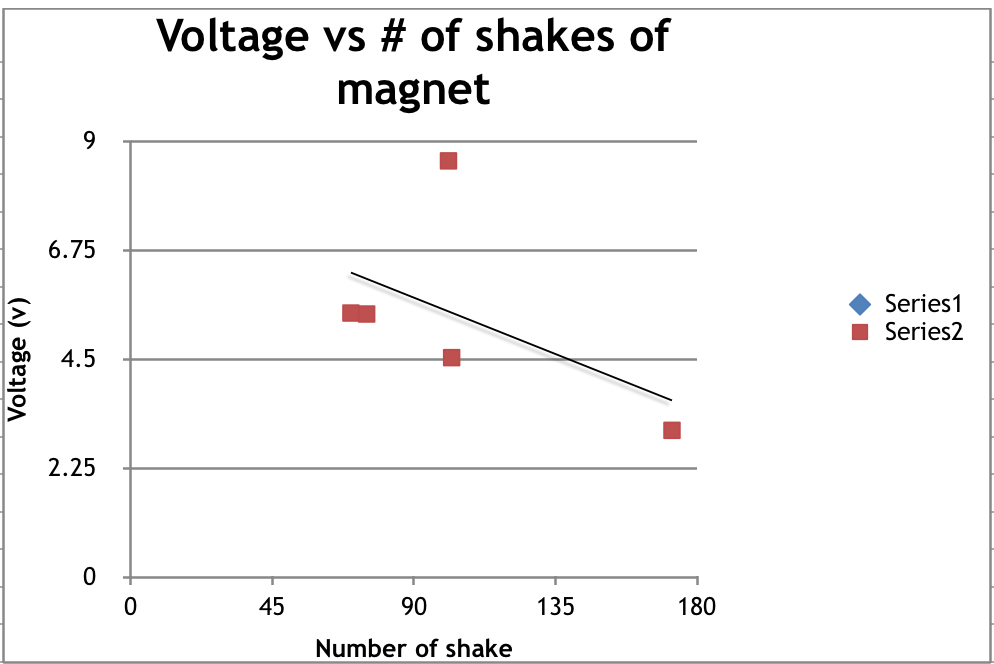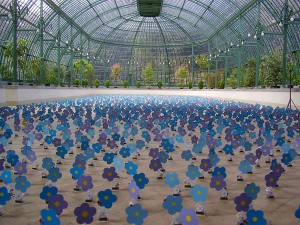Iceland and Geothermal Energy
Iceland is a geologically young country that is home to more than 200 volcanoes. Though it is one of the most techtonically active places on earth and has frequent earthquakes, rarely are these damaging. See the map of Iceland’s geothermal fields.
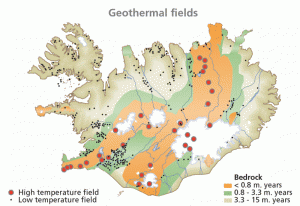
Generating Electricity
There are currently 7 geothermal locations from which electricity is being generated in Iceland. Three of these locations, Bjarnarflag, Svartsengi, and Krafla, have been online and producing energy since the 1970s and 1980s. It was not until 1997 that Nesjavallir was brought online, and this effectively doubled the amount of geothermal electricity Iceland was generating. The more recent addition of 3 other locations has increased the amount of geothermal electricity being generated in Iceland from just less than 500 GWh/year in 1997 to over 5,000 GWh/year in 2012.

Generating Heat
Space Heating
A main use of geothermal energy for heat in Iceland is for space heating. Currently, households of 89% of the Iceland population are heated using geothermal energy. Although this represents a dramatic increase in the share of heating energy from geothermal heat since the 1970s, the rate keeps increasing, and Iceland is expecting to increase it to at least 92%. Heat pumps, which pump the heat one location to another, have not needed to be used in Iceland, since sufficient cheap geothermal water for space heating is commonly available.
Heating Greenhouses

Even though space heating is important, in Iceland, another important use of geothermal heat is to heat greenhouses. Geothermal heating of greenhouses started in 1924, and the naturally heated soil grows potatoes and vegetables. Geothermal steam is used to boil and disinfect the soil.
Conclusion
Iceland is lucky to have so much geothermal energy available, and it is doing its best to use it for generating electricity and heat. The Icelanders are trying to get the most out of their available geothermal energy by building many power stations and using the energy to power both industry and households.

